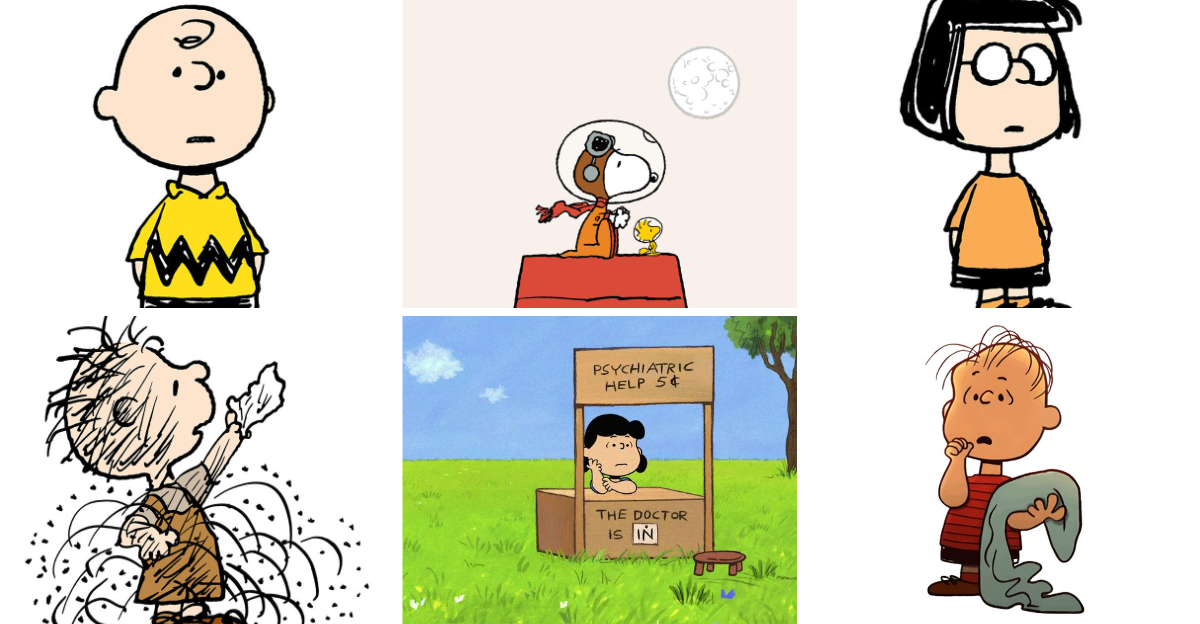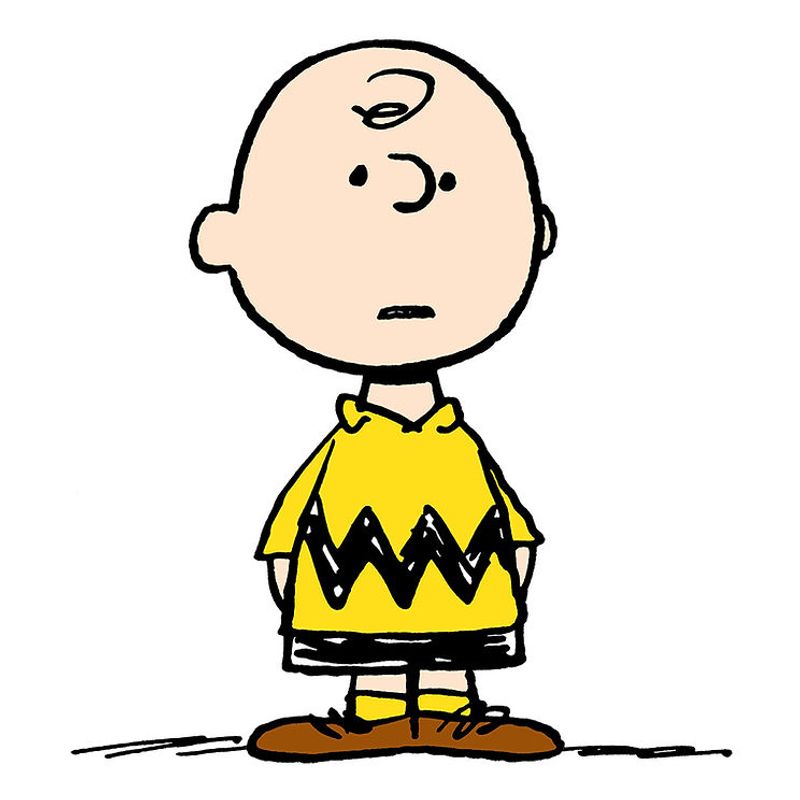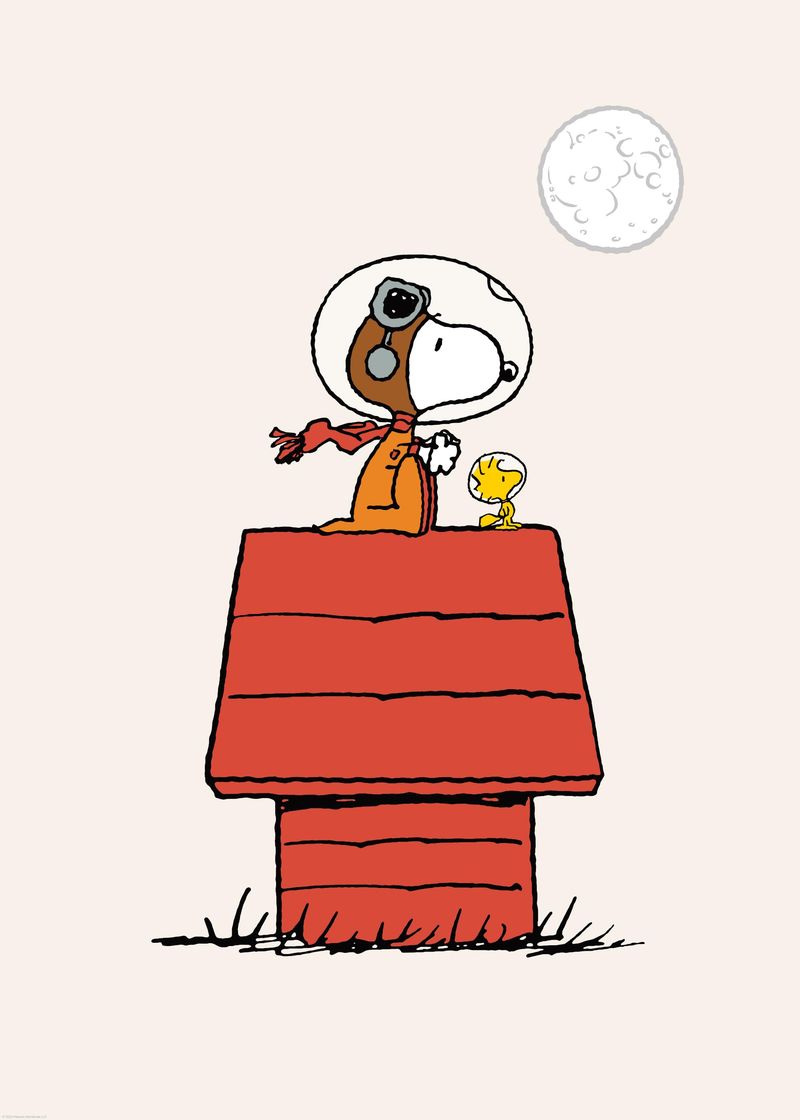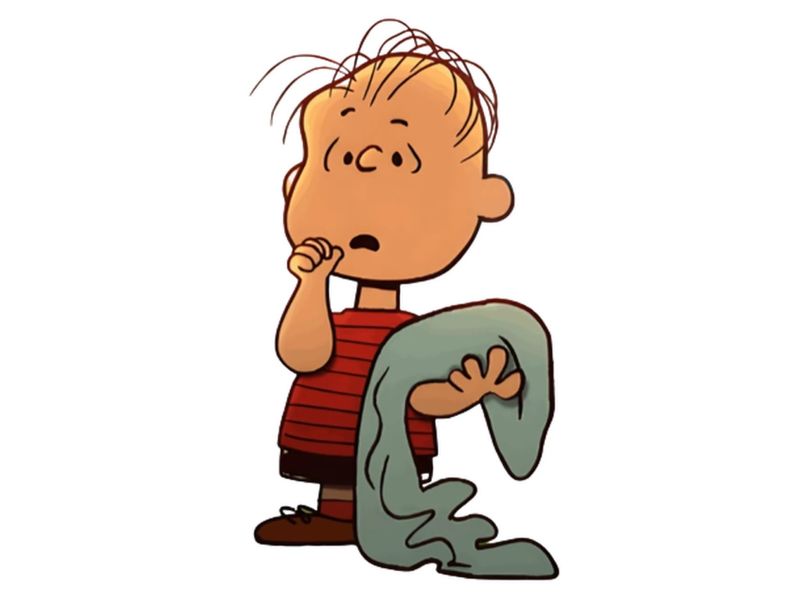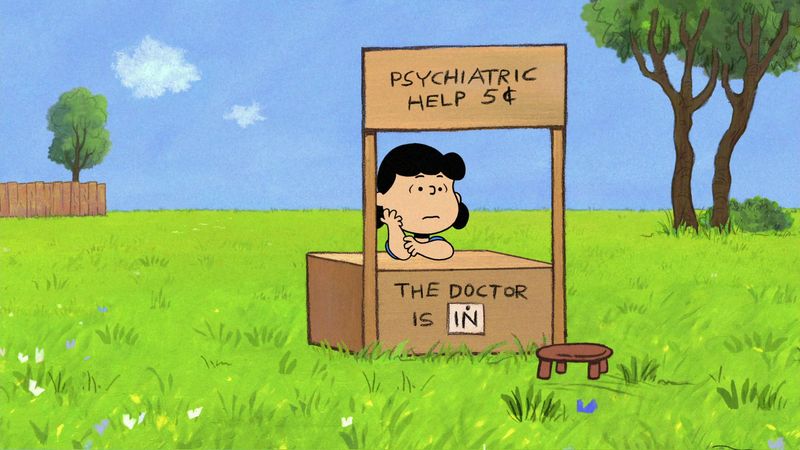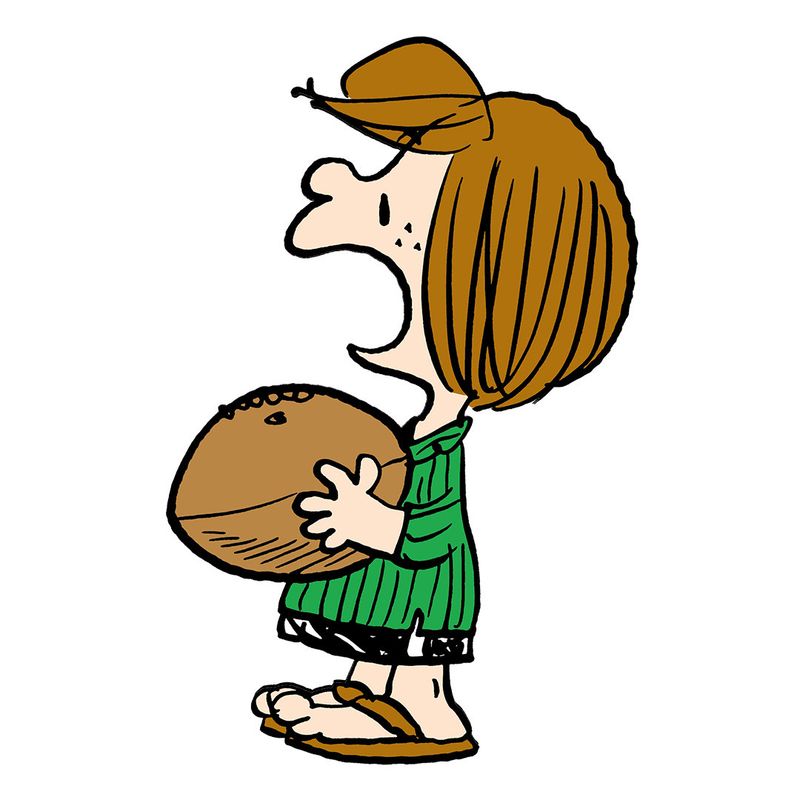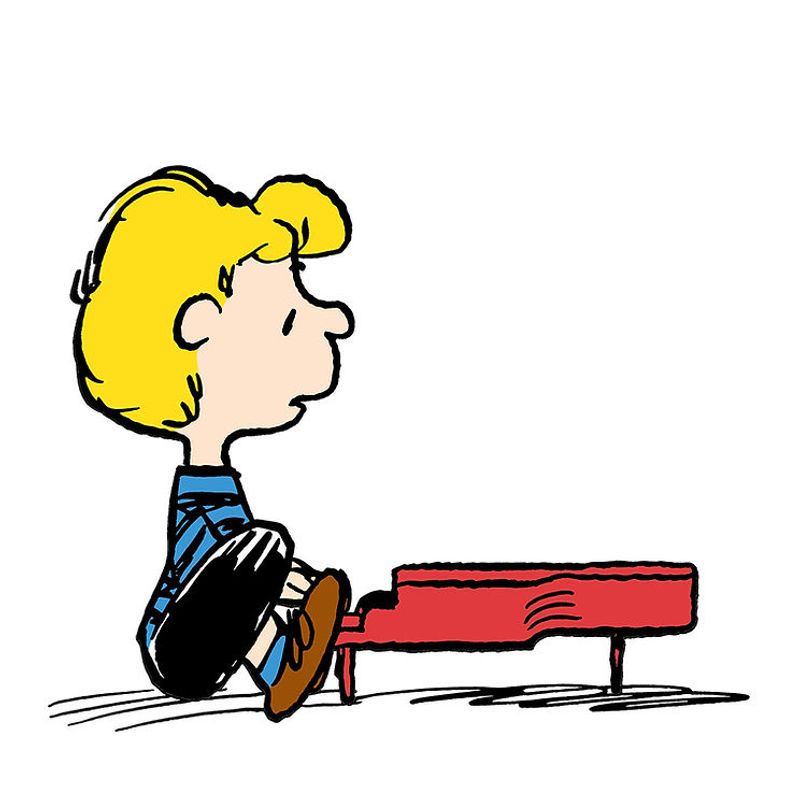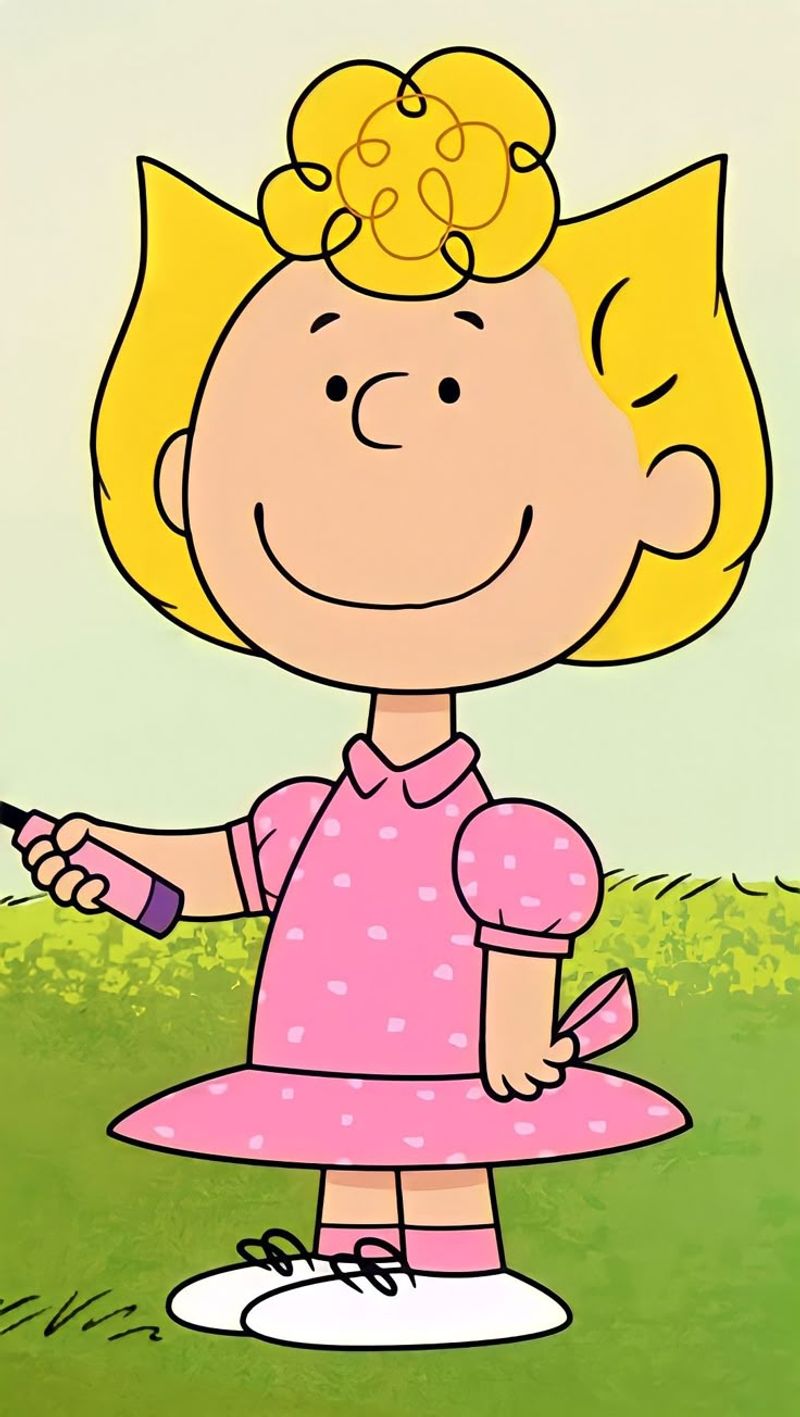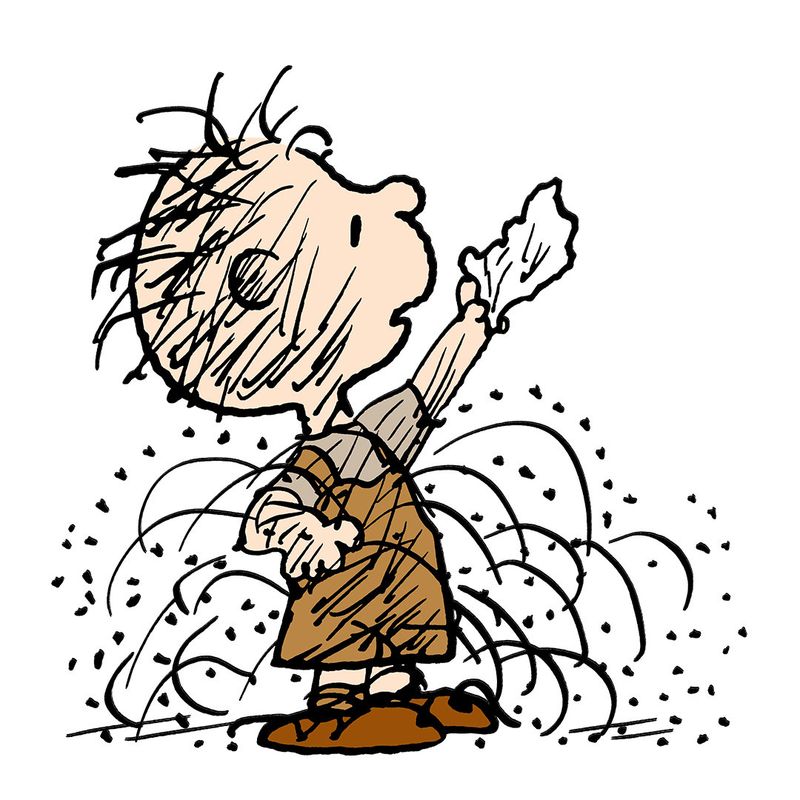Everyone has a favorite Peanuts character from Charles Schulz’s beloved comic strip. Maybe you love Charlie Brown’s eternal optimism or Snoopy’s wild imagination.
For over 70 years, these characters have captured our hearts with their quirky personalities and relatable struggles.
But what if your favorite character isn’t who you think they are? Let’s take a closer look at the Peanuts gang and discover some surprising facts that might change your mind.
1. Charlie Brown – The Underdog King
Behind that zigzag shirt stands a boy who never gives up, despite the universe seemingly conspiring against him. Charlie Brown embodies perseverance in its purest form—a quality we all secretly admire.
Yet his perpetual failure to kick Lucy’s football raises questions. Is Charlie Brown stuck in a cycle of self-defeat? Perhaps his greatest strength is also his greatest weakness. He keeps trying despite knowing the outcome.
Interestingly, in 1999, Schulz admitted Charlie Brown was largely autobiographical, channeling his own childhood insecurities and rejections. The character’s unwavering hope despite constant disappointment isn’t just endearing—it’s a profound lesson in human resilience.
2. Snoopy – The Coolest Beagle in Comic History
From humble beginnings as a regular dog, Snoopy evolved into the most complex character in the Peanuts universe. His rich fantasy life—fighting the Red Baron, writing novels, being Joe Cool—transcends his simple doghouse existence.
But Snoopy’s coolness comes at a price. While we cheer his adventures, he often ignores Charlie Brown, his actual owner. The beagle rarely shows gratitude for the hand that feeds him.
Fun fact: Schulz originally planned to call him “Sniffy” until discovering another comic had used that name. The switch to “Snoopy” changed pop culture forever, creating an icon whose merchandise has generated billions in revenue—far more than any other Peanuts character.
3. Linus – The Blanket Philosopher
Thumb in mouth, blanket in hand, Linus delivers some of the most profound wisdom ever found in a comic strip. Remember his heartfelt speech about the true meaning of Christmas in the holiday special? Pure philosophical gold from a kindergartner.
However, the security blanket raises eyebrows. While it humanizes him, making his wisdom more accessible, it also represents a contradiction. How can someone so intellectually mature remain emotionally dependent on a comfort object?
Schulz once revealed that Linus was named after his friend Linus Maurer, a fellow cartoonist. The character’s unique blend of insecurity and intelligence makes him perhaps the most psychologically complex child in the strip—a walking paradox wrapped in a blue blanket.
4. Lucy – The Boss Everyone Fears
Lucy van Pelt doesn’t just take charge—she bulldozes through life with unshakable confidence. Her psychiatric booth business model (5¢ per session) was entrepreneurial genius decades before “girlboss” entered our vocabulary.
The darker side? Lucy’s treatment of Charlie Brown borders on psychological warfare. That football prank isn’t just mischievous—it’s calculated cruelty repeated for decades.
What most fans don’t know: Lucy’s character evolved dramatically. In early strips, she was a wide-eyed toddler who loved Schroeder. Her transformation into the strip’s dominant force happened gradually as Schulz recognized her potential as a foil to Charlie Brown’s meekness. Her bossiness masks vulnerability—she desperately wants Schroeder’s attention but never gets it.
5. Peppermint Patty – The Rebel Athlete
With her freckles, sandals, and signature “Sir” greeting, Peppermint Patty broke the mold for female characters in comics. She excels at sports while struggling academically—a refreshing reversal of gender stereotypes for her era.
Her obliviousness about Snoopy being a dog remains baffling. She consistently sees him as a “funny-looking kid with a big nose” despite overwhelming evidence to the contrary. Is this denial or just extraordinary imagination?
Originally intended as a minor character, Patricia Reichardt (her full name) became so popular that Schulz expanded her role significantly. Her friendship with Marcie created one of the strip’s most enduring dynamics. Her tomboyish nature was revolutionary in the 1960s, offering girls a character who defied conventional femininity.
6. Marcie – The Underrated Genius
Forever addressing Peppermint Patty as “Sir,” Marcie represents the intellectual counterbalance to her athletic friend. Behind those thick glasses lies a mind that grasps concepts far beyond her years.
Marcie’s loyalty sometimes resembles codependency. She follows Patty everywhere, offers homework help, and provides emotional support while receiving little recognition in return. Their dynamic raises questions about friendship balance.
Marcie didn’t appear until 1971, relatively late in the strip’s run. Schulz introduced her after realizing Peppermint Patty needed someone to talk to besides Charlie Brown. Her name wasn’t even mentioned until almost a year after her first appearance! This quiet, bookish character gradually developed into one of the strip’s most insightful voices.
7. Woodstock – The Tiny, Winged MVP
Yellow feathers, erratic flight pattern, and a series of unintelligible squiggles for dialogue—Woodstock communicates volumes without saying a word we understand. His friendship with Snoopy transcends language barriers.
The little bird presents a fascinating mystery. Does he understand he’s a bird? Why can’t he fly straight? And most puzzlingly, how does Snoopy understand his speech when we just see scribbles?
Woodstock wasn’t officially named until 1970, several years after the character first appeared. Schulz named him after the famous music festival, reflecting the counterculture influence on the strip. Despite his tiny size, Woodstock serves as Snoopy’s secretary, caddy, and confidant—proving that friendship comes in all sizes.
8. Schroeder – The Beethoven Bro
Hunched over his toy piano, Schroeder produces concert-worthy classical music that defies physics. His single-minded devotion to Beethoven represents pure artistic passion untainted by commercial concerns.
Lucy’s unrequited love for him creates the strip’s most persistent romantic subplot. His cold rejection of her advances seems harsh—he barely acknowledges her existence while she pours her heart out. Is artistic dedication worth such emotional detachment?
Schulz gave Schroeder this personality because of his own growing appreciation for Beethoven. The character’s toy piano actually has black keys painted on it—impossible on a real toy piano! This musical prodigy appeared as a baby in early strips before rapidly aging to match the other characters, a rare example of a Peanuts character visibly growing up.
9. Sally – The Queen of Sass
Charlie Brown’s little sister entered the strip as a baby and quickly developed into its most delightfully pragmatic character. Her school reports are masterpieces of minimalist effort, and her logic, while twisted, makes perfect sense in its own way.
Her eternal crush on Linus (her “Sweet Babboo”) mirrors her brother’s futile pursuits. Sally never takes the hint that her affections aren’t returned, suggesting the Brown siblings share more than just genetics—they share an inability to move on from romantic rejection.
Sally was actually modeled after Schulz’s daughter Meredith. Her character introduced a generational perspective to the strip, often questioning the established systems that older characters simply accepted. Her iconic line “Who cares?” captured a refreshing indifference to social pressures that was revolutionary for children’s characters.
10. Pigpen – The Dusty Legend
Perpetually surrounded by his personal dust cloud, Pigpen remains gloriously unbothered by societal expectations. While others might be embarrassed by such filth, he proudly declares, “I’m just a dust magnet!”
His confidence challenges our obsession with cleanliness. In an age of hand sanitizer and appearance filters, Pigpen’s complete comfort with his messy self feels revolutionary. But practical questions remain—how do his parents allow this? What happens when he catches a cold?
Surprisingly, Pigpen was originally supposed to be a minor character. However, readers responded so positively to his carefree attitude that Schulz kept him around. In rare strips showing him cleaned up, other characters fail to recognize him—suggesting his dirt is fundamental to his identity, not just a superficial trait.
